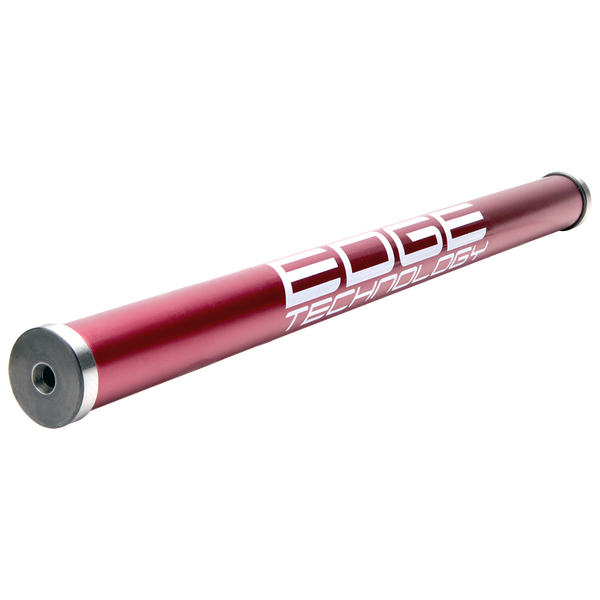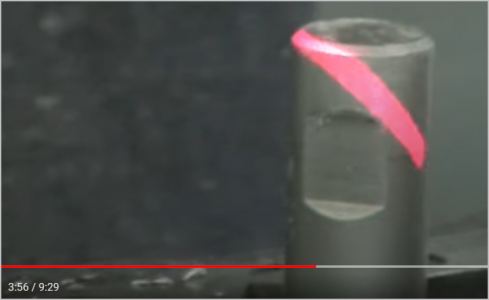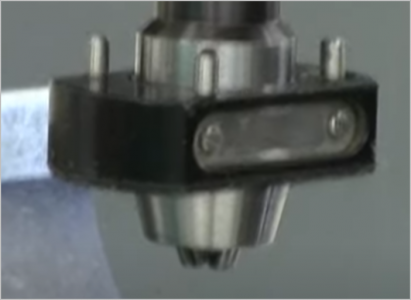I've been thinking more about your idea and based on some of the other posts and your comments, I have realized that you were thinking about using a laser as a point light source. Sort of like those laser boresighters you can buy. Even Gelberts video highlights the use of a laser as a point light source. Although using a laser as a point source is certainly fast, I don't think it is the most accurate way to use one. In fact, I don't think it's as accurate as good practice using indicators.
As a side comment, Dr. Gelbert wondered why spindle alignment devices are not readily available in the market. I don't know the timing, but I do know that there is at least one variety made by Wixey. I put one on my drill press after it was mentioned by
@CWret. To be fair, the Wixey device is not really spindle alignment but rather spindle guidance. But the result is the same. It's a great center locating device.
However, when I first read your suggestion, I thought you were talking about laser diffraction methods. That's why I referred to the need for collimation, diffraction source, mirrors, etc.. At best, I'd guess I sounded crazy. While that's definitely a valid conclusion, there really was a method to my madness.
By definition, laser light is coherent light. That means that the wavelength of each photon of light is the same as all other photons and also coincident with those wavelengths - the maximums and minumums are all lined up.
This coherent property of laser light can be used to great advantage for anything that requires alignment by taking advantage of the diffraction rings or bars that form when coherent light is unevenly bent, diffused, diffracted, or reflected by another object like a wire or a surface or a slit. Instead of aligning the main beam, you align the diffraction rings. This greatly amplifies the resolution of the measurement. To do this requires specialized equipment that none of us has. But it is available commercially.
While I'm not certain of it, I would bet that these kinds of optical tools are used by manufacturers to measure alignment standards to hundredths or thousandths of a micron.
Here is a very short introduction to the concept. It doesn't show an application but it does convey the basic science.
I tried to find a good video to cover the applications but I got sick of watching idiots chew up my time either trolling or racking up views. The video above is mercifully short.



